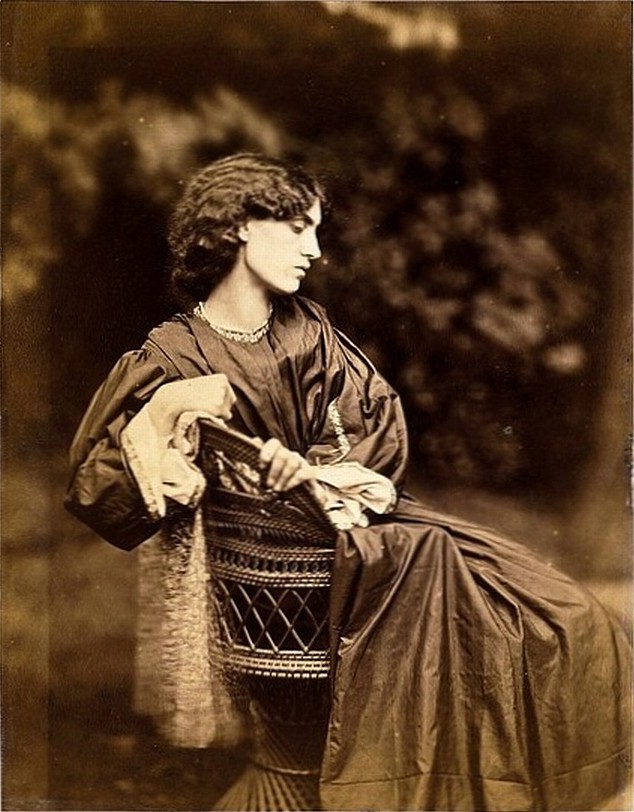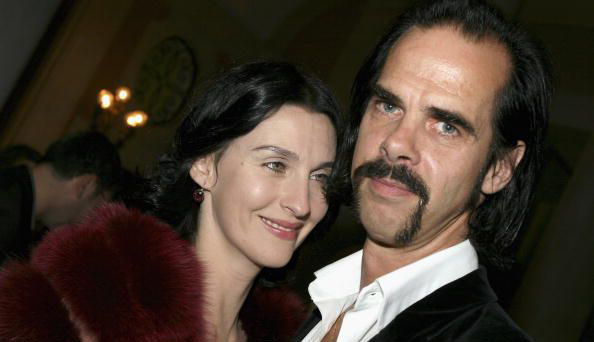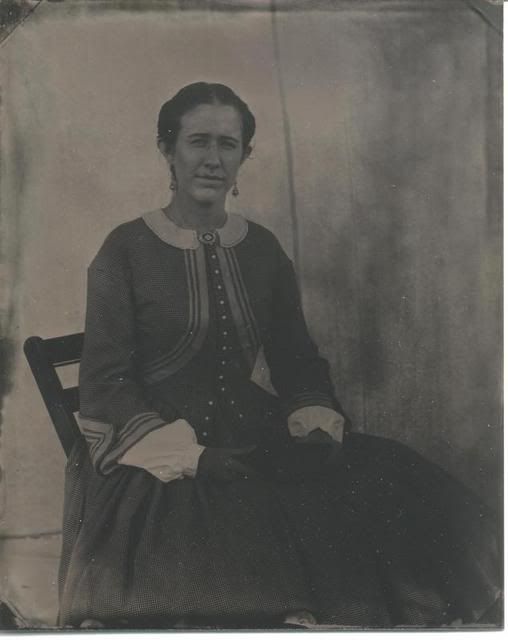ShrinkingViolet
A-List Customer
- Messages
- 420
- Location
- Denmark
Laura Chase in the "If you said you looked like one celebrity from the Golden Era" thread said:Maybe we should make a separate thread about this? Is this too off topic?
Oh, wow, I didn't know that. I googled Jane Morris and found some photos as well. I think there is a slight androgeny to her face, the lip resembles the lips of the male figures of early classical greek sculpture (for example the blonde boy), and the nose is quite greek also, and definitely not today's definition of a perky feminine nose. And of course the almond shaped eyes were a greek ideal also, as you see them on the archaic greek korai and kouroi.


And a sketch:

That nose really is something, I love it. Susie Bick (I know her as Nick Cave's wife, but she's supposed to be a big 80's model), has the same type of profile:

That nose has always fascinated me, too! And her incredible thick wavy hair. I also find her jawline quite striking, it's another androgynous feature.
There was a girl in my high school class who was such a classic pre-raphaelite beauty. She had the melancholy gaze, slender limbs, wavy dark hair and the long aquiline nose but instead of embracing it I think she wanted to be like the blonde cookie-cutter girls. It was such a pity!
Sunny, you really ought to do a pre-raphaelite photo session. You'd make a great Ophelia.







